Procession
This series from the Procession is but a small selection out of more than 1000 individual pieces. To exhibit the Procession in its entirety would require more than 2000 feet of wall space.
The Procession began in the 1950's, following The Parade and A Journey, two books of continuous and related drawings. Procession was, in turn, followed by the Millipede (3000 feet long) and other projects of "transition and transformation" where "time and timing" play a more important role than the individual, single "four-square space" of traditional art forms. As such, it may be more related to "movie-making" than "picture-making". Its historical ancestry goes back to medieval many-panel altar paintings. But as an ongoing series, the Procession has no absolute beginning or end, and can never be finished. It is "open-ended" - in form as well as media, technique, and style.
While the Procession proceeds along with a certain (occasionally pre-determined) order, this order is not absolute. It invites "reordering and rearranging" - call it "play", and not only by its creator but, possibly, as a public participatory enterprise. (I suspect that when God created this world, She may well have been in a most playful mood, and we, her offspring, continue this "playfulness", even when it appears "dead serious".) As a continuous progression from dark to light, from polychrome to monochrome, from the tonalities of tragedy to colorful joy, it would appear that one may be inconceivable without the other.
Panels 42-44
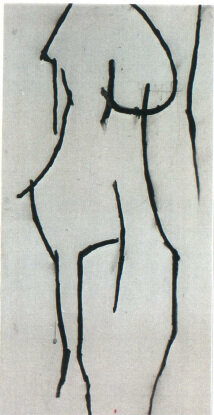
42

43

44

45
Panels 102-104

102

103

104
Panels 114-116

114

115

116
Panels 267-270

267

268

269

270
Panels 174-176

174

175

176
Panels 347-349

347

348

349
Panels 354-356

354

355
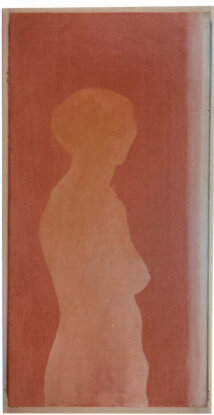
356
Panels 376-378

376

377

378
Panels 431-433

431
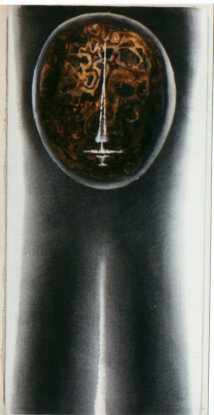
432

433
Panels 1153-1155

1153

1154

1155
Panels 437-439

437

438

439
Panels 492-494
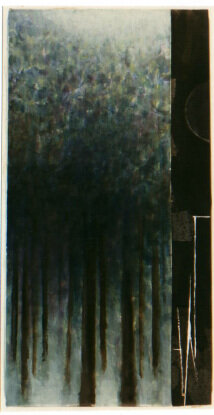
492

493

494
Panels 529-531

529
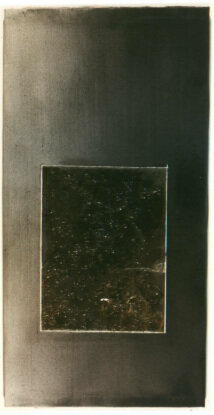
530

531
Panels 572-574

572

573

574
Panels 653-658
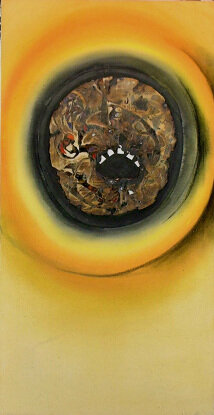
653

654
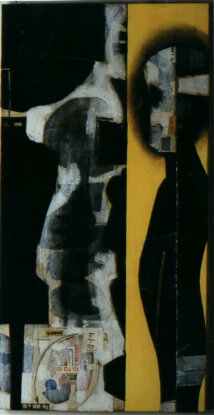
655

656

657

658
Panels 696-698

696

697
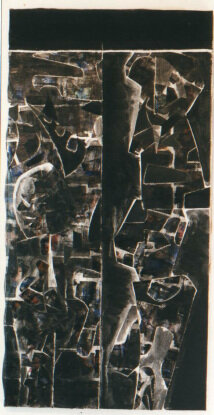
698
Panels 722-724

722
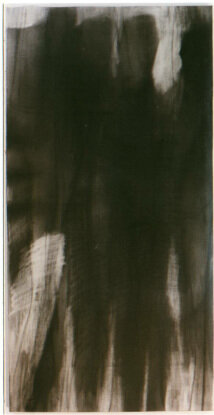
723
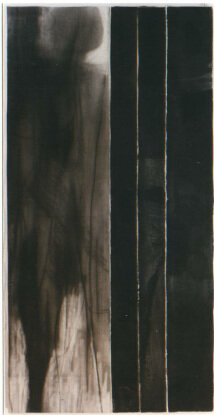
724
Panels 737-740
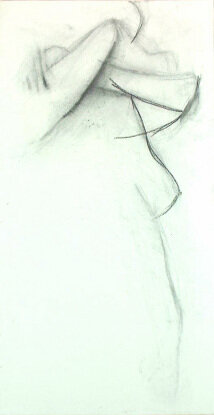
737

738

739

740
Panels 796-698

796

797

798
798 is from a painting by Georges de La Tour, a 17th-century French artist.
Call it "appropriation" or "borrowing", I prefer "gleaning". As mentioned already in the Bible, "gleaning" originally referred to the leftover grain after a harvest. It has assumed an ever wider meaning: scavenge, pick, reap, harvest.
The process of cutting up my own work and harvesting the left-over fragments for recycling into always new works, I consider part of the ancient "gleaning" process. My "graphic stories" (Parade, Journey, Genesis) were inspired (gleaned) by the work of Frans Masereel. He, in turn, must have based his "Novels Without Words" on still earlier models. The Triptychs which followed my "Graphic Stories" had their origin in the religious altarpieces of the Renaissance. And so the process continues.
We may all be gleaners - using, recycling, harvesting what others have in turn gleaned.
Panels 813-817

813

814

815

816

817
Panels 843-845

843
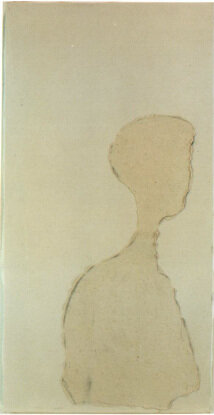
844

845
Panels 870-873

870

871

872

873
Panels 1325-1328

1325

1326

1327

1328
Panels 1146-1152

1146

1147

1148

1149
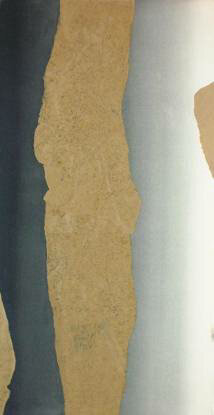
1150

1151

1152
Panels 289-295

289

290

291

292

294

295
Panels 1101-1104

1101
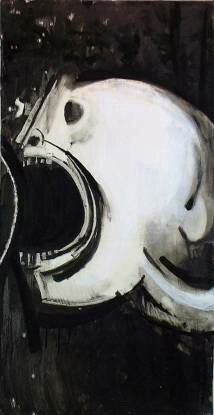
1102

1103

1104
Panels 1192-1195

1192

1193
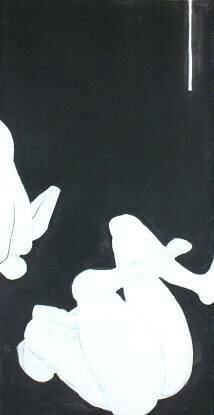
1194

1195
Panels (unnumbered)
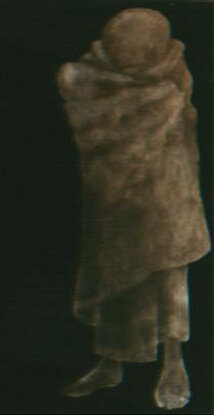



Panels (unnumbered)

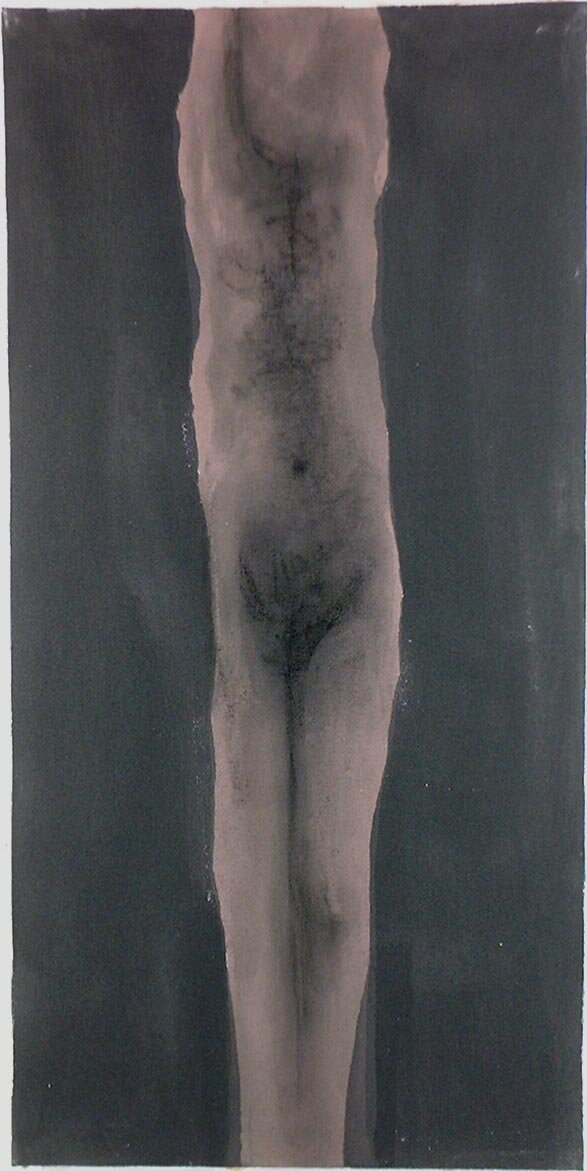


Panels 1031-1033

1031

1032

1033
All the preceding sequences of the Procession began as individual pieces - until joined to others, establishing some possibly "meaningful and esthetic" order which however is never absolute. As individual, unrelated works each has a singular existence, but no more. Joined together however, connections, relationships, even (pictorial) dialogues ensue, and a sequence becomes more than a collection of its separate parts.
The following assembly of 22 panels from the Procession is random and follows no predetermined order. There was no thought of their possible eventual connection or relationship to other works.
This raises a question: Do we as individuals know beforehand the connections and relationships we may encounter, whether to other individuals, events or places? It would appear that what - in the course of time and space - we encounter is mostly by chance and unexpected.
What this also suggests is the possibility of public interaction - arranging and rearranging the order of these series. The possibilities should be limitless as are the totally unforeseen, unexpected meetings and encounters in "real life".

1127

515

1294

1313

971

883

358

352

297

1133

423

1052

562

118

890

1061

364
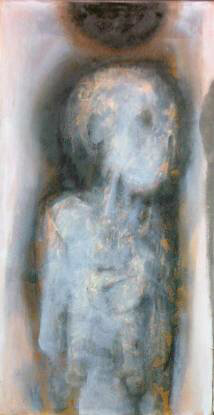
295a

47

289

1106